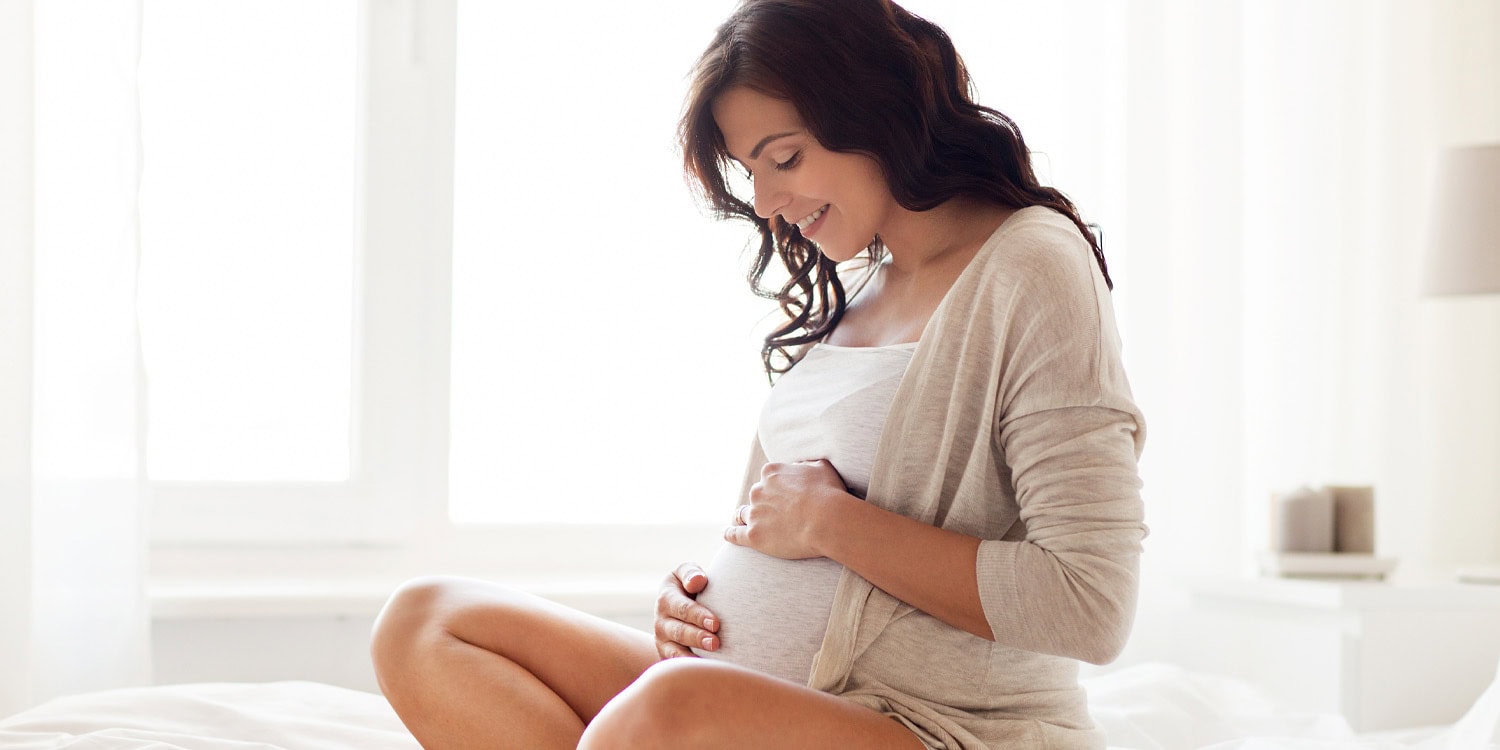Pregnancy and the postpartum period bring about profound changes in a woman’s body, and new research shows that these transformations extend to the brain. A groundbreaking longitudinal study published in Nature Communications has mapped the changes in brain structure that occur from pre-pregnancy through the postpartum period. The findings reveal a U-shaped pattern of gray matter volume, with reductions during late pregnancy followed by partial recovery postpartum. These changes, which are linked to hormonal fluctuations, have significant implications for maternal psychological well-being and attachment to the newborn.
While previous studies had observed structural changes in the brain during pregnancy, these were often limited by small sample sizes, incomplete timeframes, or a lack of hormonal and psychological data. Additionally, much of the research had focused on animal models, leaving questions about how these findings translated to humans.
The team of researchers from the Universitat Autònoma de Barcelona (UAB), the Gregorio Marañón Health Research Institute, and the Hospital del Mar Research Institute, along with other international institutions, sought to build a comprehensive picture of the maternal brain by examining its changes across the full perinatal period, from before conception to six months postpartum. They aimed to investigate how these brain changes correlate with the hormonal fluctuations that are a hallmark of pregnancy and postpartum, as well as how these changes impact maternal mental health and attachment to the infant.
“Motherhood triggers profound neurobiological and psychological changes, yet these remain surprisingly understudied. This gap exists partly due to historical biases in research, ethical constraints on studying pregnant women, and the challenges of integrating multidisciplinary methodologies. Our study aims to address these limitations and advance understanding of maternal brain adaptations,” explained senior author Oscar Vilarroya, a research director at UAB.
The researchers conducted a longitudinal study involving 127 first-time mothers from the Barcelona area, tracking them from pre-conception through six months postpartum. Participants underwent five Magnetic Resonance Imaging sessions: before pregnancy, at 18 and 34 weeks of gestation, and one and six months after giving birth. The design allowed the researchers to use each participant’s pre-pregnancy brain structure as a baseline for comparison.
In addition to imaging, participants provided urine samples to measure hormone levels and completed questionnaires to assess psychological well-being and maternal attachment. To isolate the effects of pregnancy from parenting or unrelated factors, the study also included two control groups: 20 non-gestational mothers (female partners of the gestational mothers) and 32 women without children.
The imaging data focused on gray matter volume, a key indicator of structural brain changes. The researchers observed a distinct U-shaped trajectory in gray matter volume among gestational mothers. Gray matter volume decreased as early as the second trimester, peaking in late pregnancy, and partially recovered by six months postpartum. These changes were most prominent in brain regions associated with the Default Mode and Frontoparietal networks, areas linked to social cognition and decision-making.
Importantly, the changes were unique to gestational mothers and were not seen in the non-gestational mothers or women without children, suggesting that pregnancy-specific factors, rather than general parenting experiences, drive these brain adaptations.
The study also revealed a strong link between gray matter changes and hormonal fluctuations. Two estrogens, estriol sulfate and estrone sulfate, followed an inverse U-shaped trajectory, increasing during pregnancy and plummeting after childbirth. The degree of gray matter volume reduction and subsequent recovery closely mirrored these hormonal patterns, indicating that estrogens likely play a critical role in driving the observed brain remodeling.
“Pregnancy transforms the brain, with 94% of gray matter experiencing up to a 5% reduction in volume, followed by partial recovery postpartum,” Vilarroya told PsyPost. “These changes occur in regions linked to social cognition, influenced by hormonal shifts.”
Beyond structural changes, the researchers explored the psychological implications of these adaptations. They found that greater recovery of gray matter volume during the postpartum period was associated with stronger maternal attachment at six months postpartum, particularly lower levels of hostility toward the infant.
“Intriguingly, a stronger recovery of gray matter postpartum is associated with greater maternal-infant bonding, underscoring the interplay between brain structure, hormones, and behavior,” Vilarroya said.
Maternal well-being mediated this relationship, suggesting that the recovery process not only supports attachment but also improves overall mental health. These findings emphasize that the brain’s remodeling during pregnancy and postpartum is an adaptive process, preparing mothers for the psychological and behavioral demands of caregiving.
The research represents a major step forward in understanding how pregnancy reshapes the brain. By linking structural brain changes to hormonal dynamics and maternal attachment, it sheds light on the complex interplay between biology and behavior during the transition to motherhood. Future studies will build on these findings to explore how these changes influence parenting, cognitive function, and long-term mental health, offering a more comprehensive picture of the maternal brain.
“Our aim is to uncover the complex interplay of neurobiological, hormonal, immunological, and psychological factors during the transition to motherhood, contributing to both scientific understanding and maternal health care,” Vilarroya said. “This study emphasizes the need to recognize pregnancy as a critical period for brain plasticity and maternal well-being, with implications for parenting and family dynamics.”
The study, “Pregnancy entails a U-shaped trajectory in human brain structure linked to hormones and maternal attachment,” was authored by Camila Servin-Barthet, Magdalena Martínez-García, María Paternina-Die, Luis Marcos-Vidal, Daniel Martín de Blas, Anna Soler, Olha Khymenets, Daniel Bergé, Gemma Casals, Pilar Prats, Oscar J. Pozo, Clara Pretus, Susana Carmona, and Oscar Vilarroya.




